How To Choose The Bike Saddle
How To Choose The Bike Saddle?
There are only three contact points between you and the bike: your feet, hands and, of course, your gluteus maximum, the latter being the largest part and where you generate the most power from.
A comfort and suitable saddle will make the ride more productive or enjoyable.
First, let’s learn about the construction of the saddle.
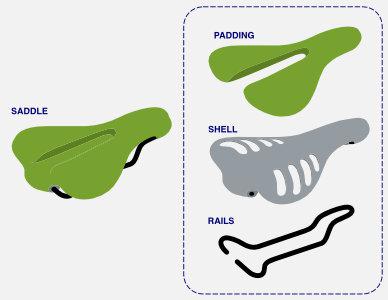
The basic saddle may be divided into 4 parts: shell, padding, cover, and rails. Shells are generally some sort of hard plastic, but carbon fiber is becoming more popular. Padding is the squishy part between the shell and the cover; padding thicknesses will vary. Covers may be all leather, synthetic material, or some combination of leather with reinforced Kevlar corners. Rails are usually some sort of alloy, with pure titanium occupying the higher end of the performance and cost spectrum.
Cover material
Most modern saddles use synthetic materials, although you'll still find real leather on more expensive ones. The key thing is to make sure any seams sticky bits or reinforcing panels don't chafe.
Mountain bike saddles are likely to suffer crashes, so a hard-wearing cover may be helpful.
Padding
Padding distributes pressure from your behind across the surface of the saddle.
The primary padding materials today are open and closed cell foams, synthetic felts, needled felts, pressed industrial felts, woven blankets, gel packs, synthetic cloth, and air bladders etc.
Polyurethane foam is the most common padding material — it comes in a range of densities to give firm or soft saddles.
The crucial thing to remember is that while a soft, deep saddle might feel comfortable at first for a beginner, more contact and movement is likely to increase heat and discomfort the longer you're in the saddle.
So it is not the most comfortable better.
Shell
The base of the saddle controls its basic shape and how springy it is. Several manufacturers produce different width or shaped shells for different physiques.
Different shapes abound to suit many body types and uses. The ischial tuberosities or sit bones of females are generally more widely spaced than those of males-hence women-specific saddles are wider. Gender aside, a seat that's too wide will chafe and rub, while one that's too narrow will make you feel like you're straddling a banister. The profile of seats varies as well: Viewed from the front, some are flatter with squarish sides, others curve steadily and are more round. Some companies offer dedicated triathlon models (thicker padded nose for forwarding positioning) or off-road free riding (thick padding overall and a rugged cover). A few saddle manufacturers now even supply shops with special pads to measure your sit-bone width, to help take the guesswork out of picking the right-width seat.
The majority of saddles have a Nylon shell, but often there will be some carbon reinforcement.
Rails
The rails are the bars that the seat-post clamps onto under the saddle. Cheaper saddles use steel alloys, while titanium or carbon rails make for a lighter saddle.
Single rail saddle and post systems — such as the SDG i-Beam — are gaining ground for both road and mountain bikes for their light weight and adjustability.
When choosing a bike saddle, we need also consider the cut-outs and shape.
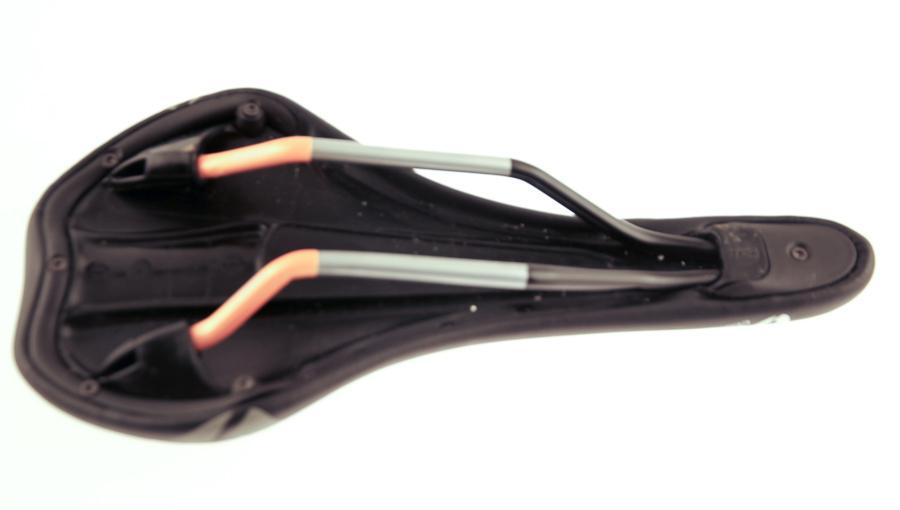
Grooves or cut-outs
Some saddle shells have a groove in the center or a hole cut out — this is designed to reduce pressure and heat around your most sensitive veins and nerves.
How to choose a saddle suit to you?
1. Know what kind of cycling you are
Do you use the bike for short rides on a mainly flat itinerary, i.e. for commuting or just for recreational use? Or do you do very long rides? i.e. road cycling or mountain trails?
2. Choose the saddle size fit your sit bones distance
Some bike shops have gel pads that you sit on to measure the distance between your sit bones. Is it possible to take this measurement on your own at home?
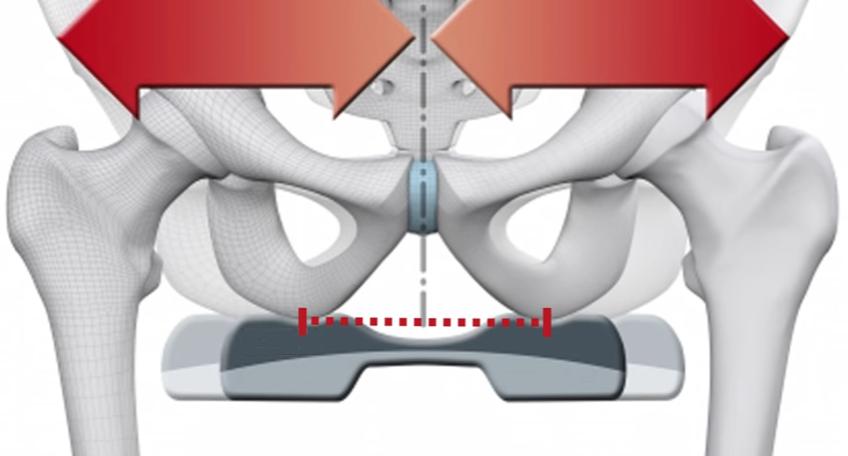
Here is one method to measure it.
Take a piece of a corrugated cardboard ( or soft foam) and place it on a carpeted stair. Sit on the cardboard, lean forward a bit to approximate your riding position, then lift your feet. This should leave a good impression of your rear in the foil, and you can measure between the two points of a deepest impression to get your sit bone width.
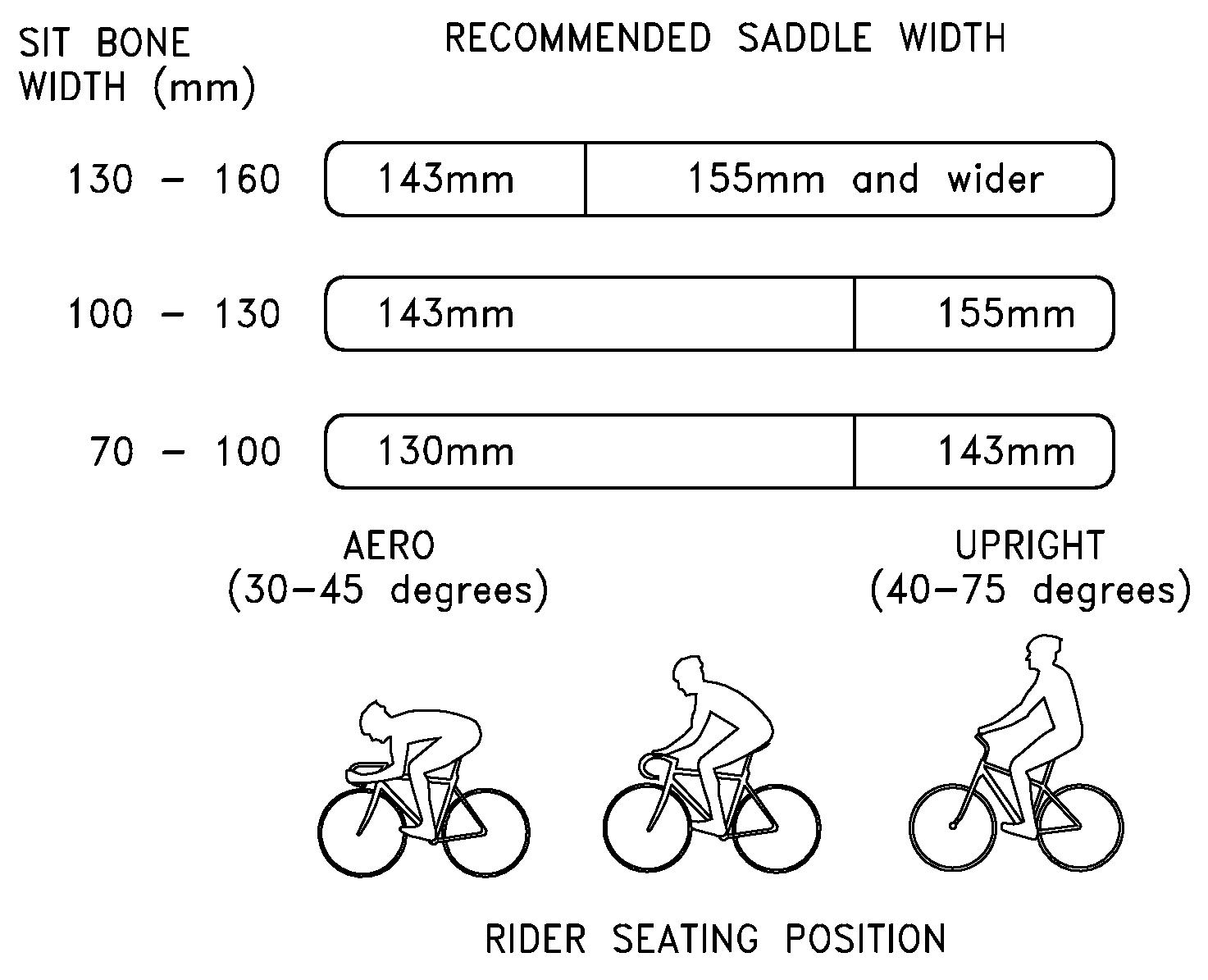
3. Choose the saddle shape fit your body and suit your riding style
· upright saddle: choose the wider saddle. Riding hunched over the bars on a wide saddle will cause much more pain than riding in the same position with a narrower saddle.
·Racing saddle: It is narrow, tapered and quite hard. It's designed in order to avoid irritation and to let the legs move freely. This kind of saddle shifts most of the cyclist's weight to the arms and legs. It is chosen mainly by mountain bike and road bike.
·Comfort saddle: These saddles are much wider than racing ones and are softer, thanks to a more generous padding. They are designed to absorb shocks and let the cyclist ride comfortably. It is a good choice for recreational cyclists.
·Cruiser saddle: Since cruiser bikes force you to maintain an upright position, these saddles have to bear most of your body's weight. For this reason, they have a great amount of cushioning and are wider than the previous saddles. In addition, they are suitable for occasional cyclists going for slow rides without too much effort.


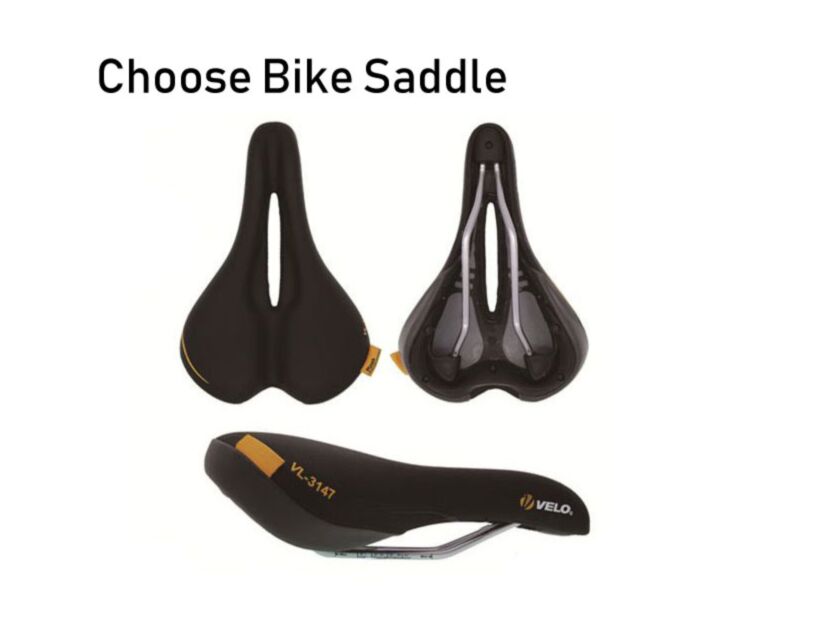

Sign In
Create New Account